
DAS ENDE
In a vacant retail space in downtown Friedrichshafen, Ciril Helbock’s large-scale oil paintings were exhibited in dialogue with his digital portrait works.
The exhibition was complemented by pieces from furniture and model-making artist Stefan Vater.
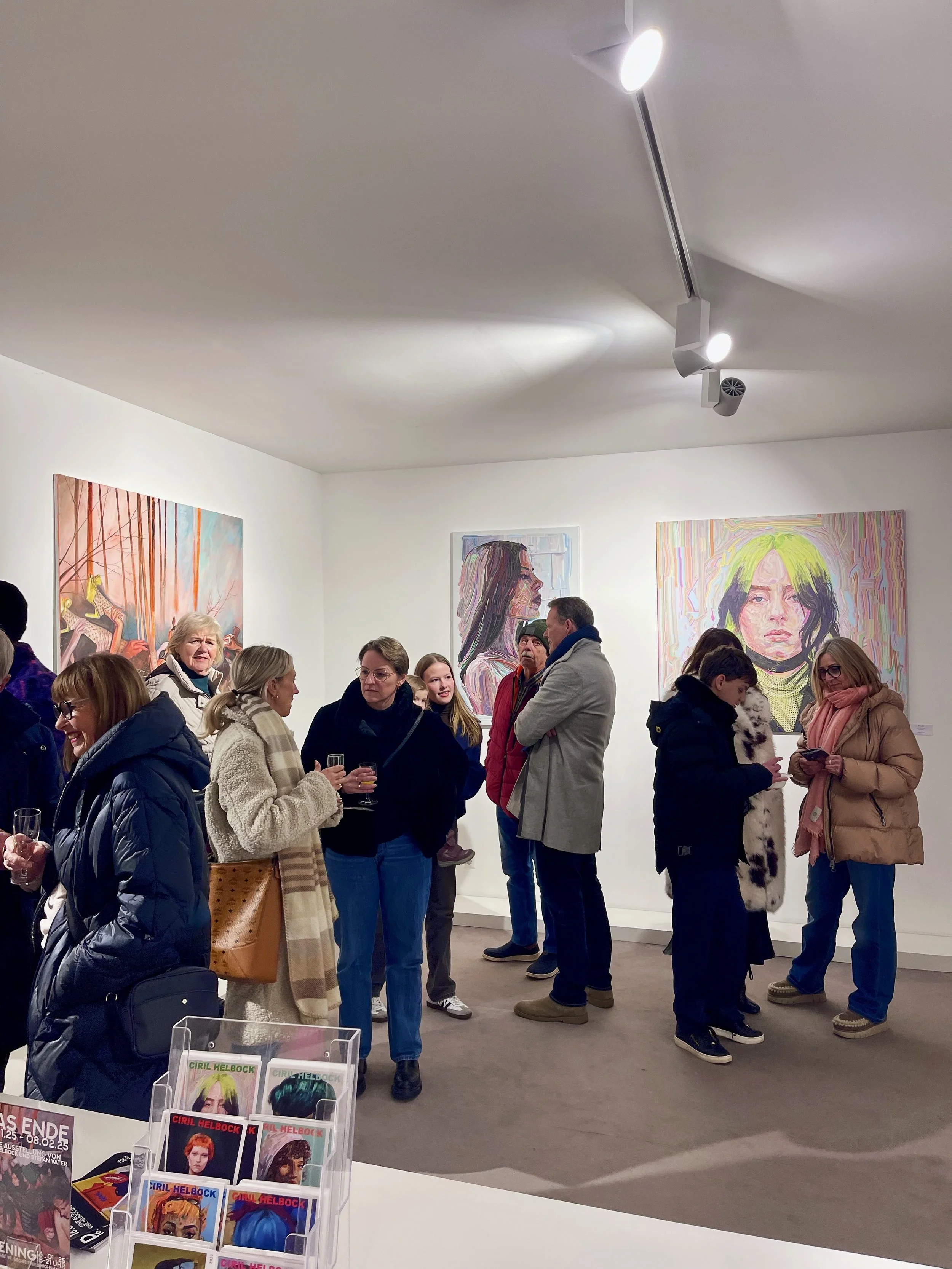

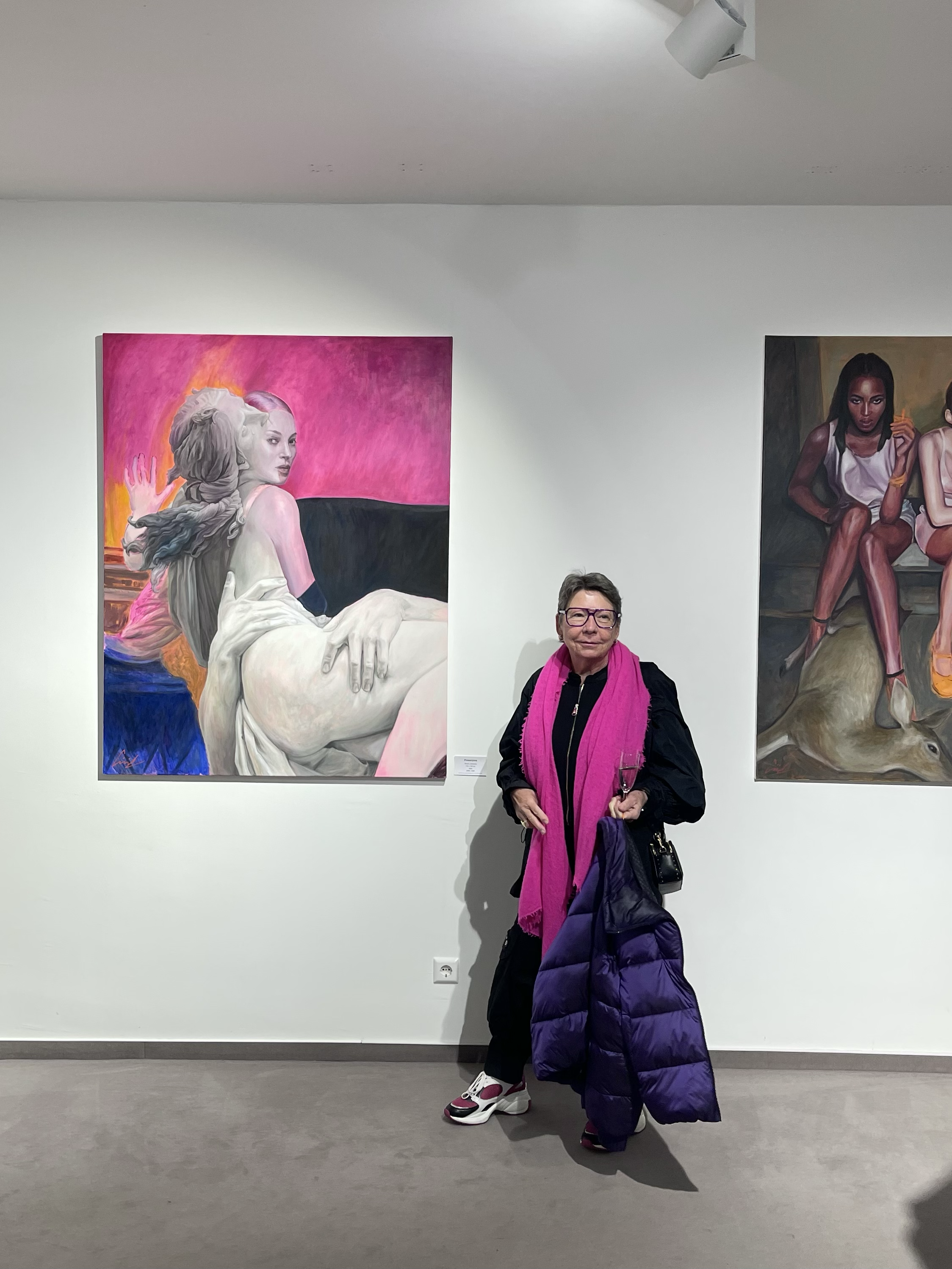
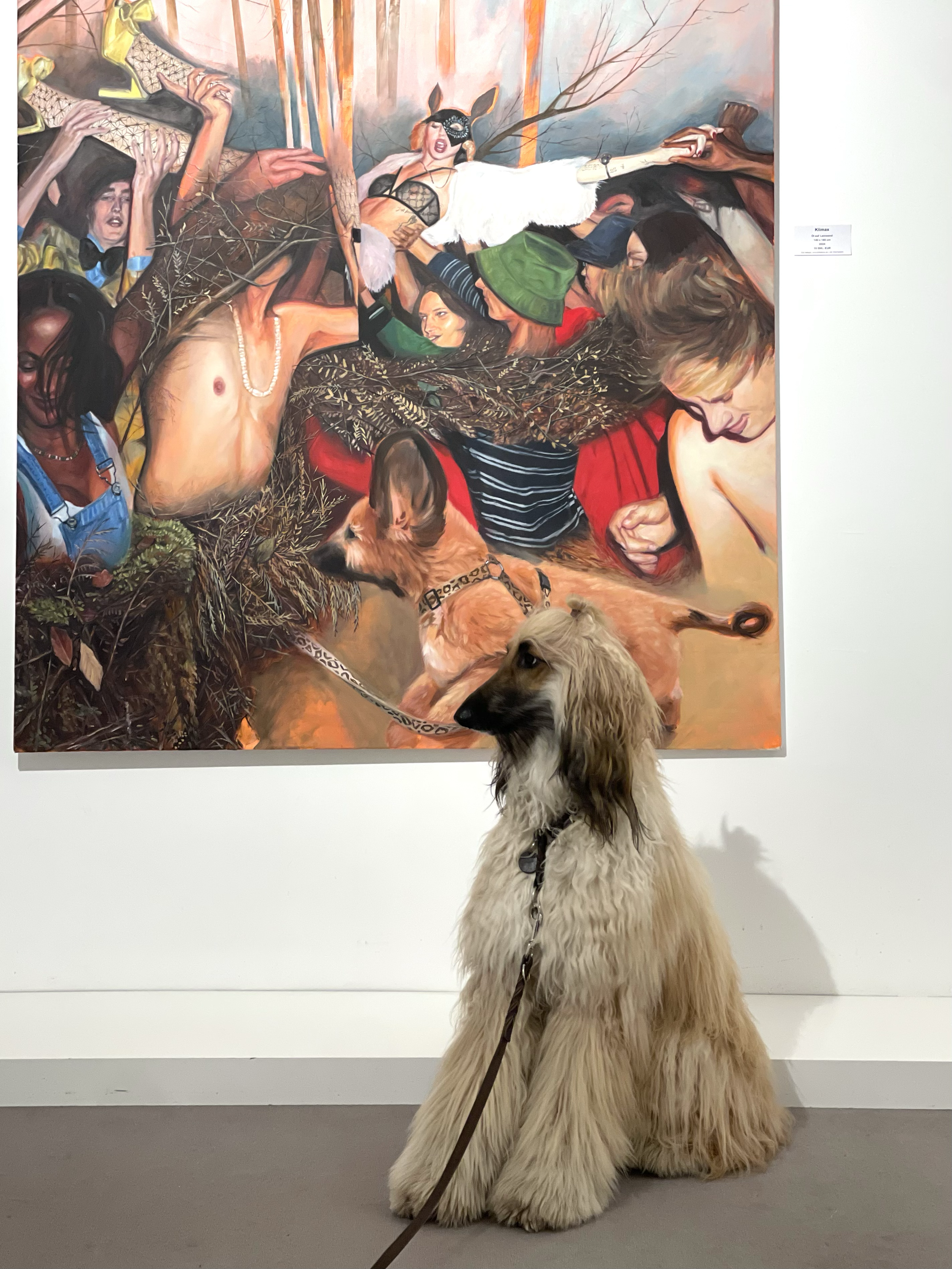
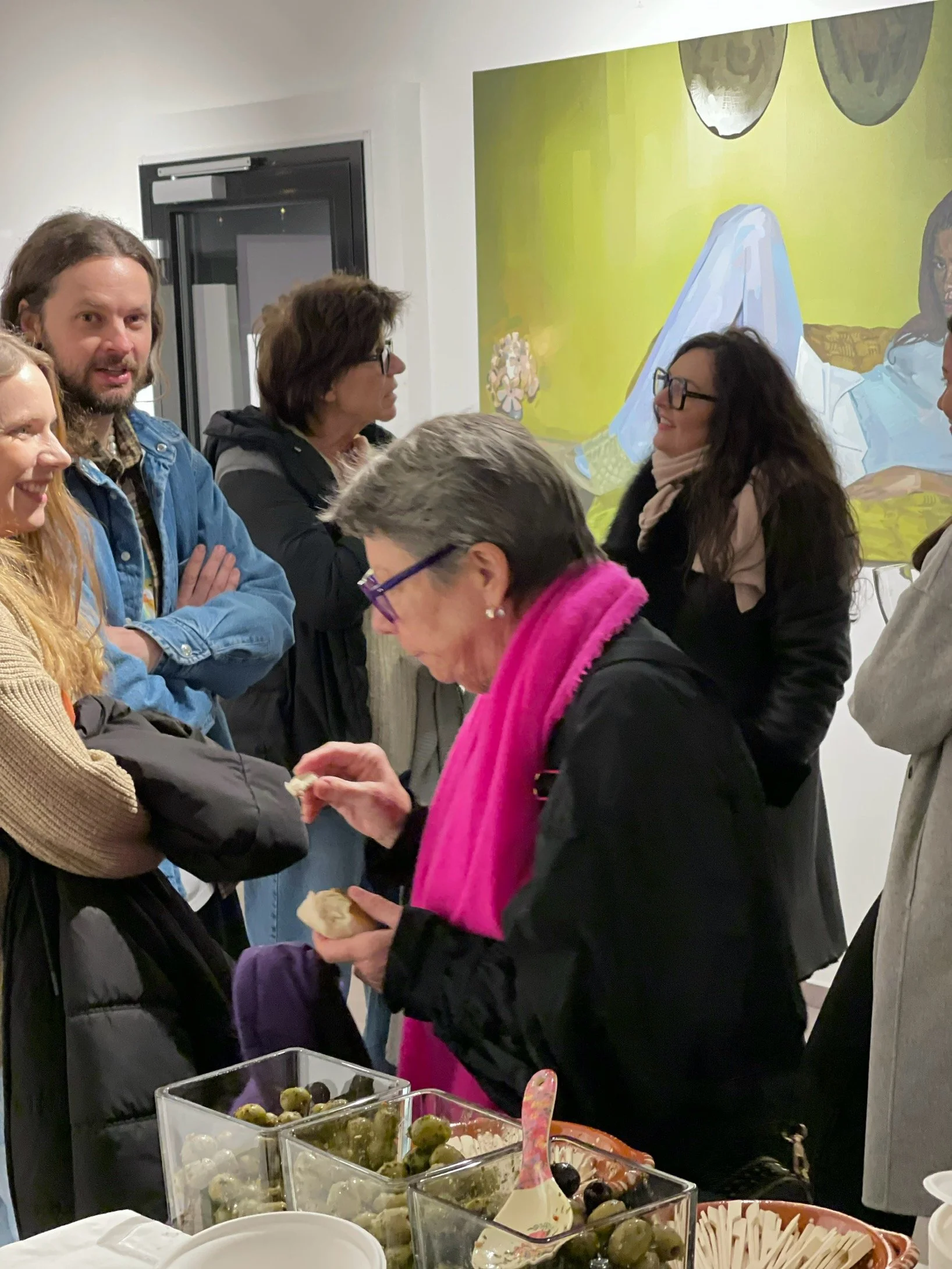


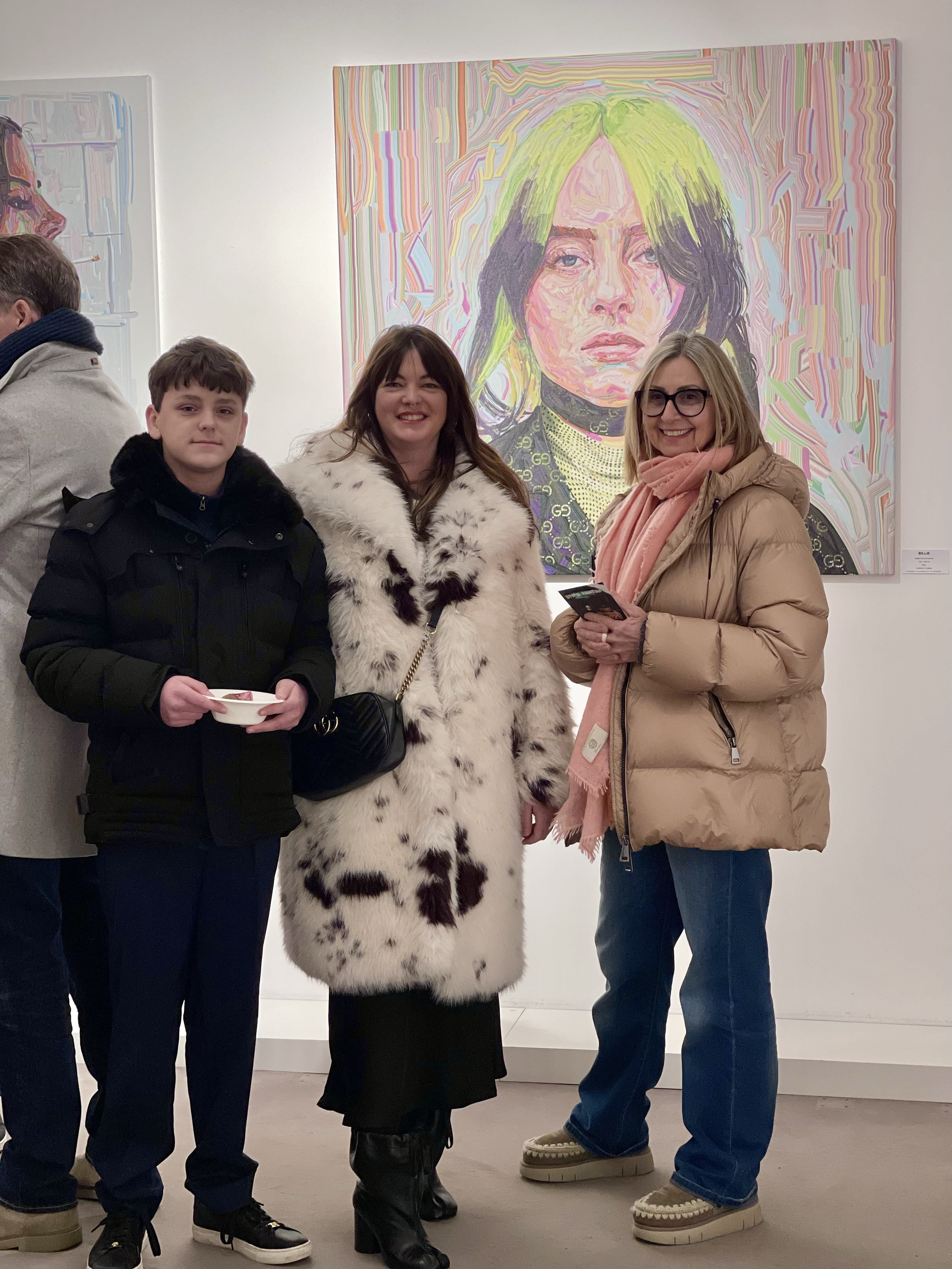
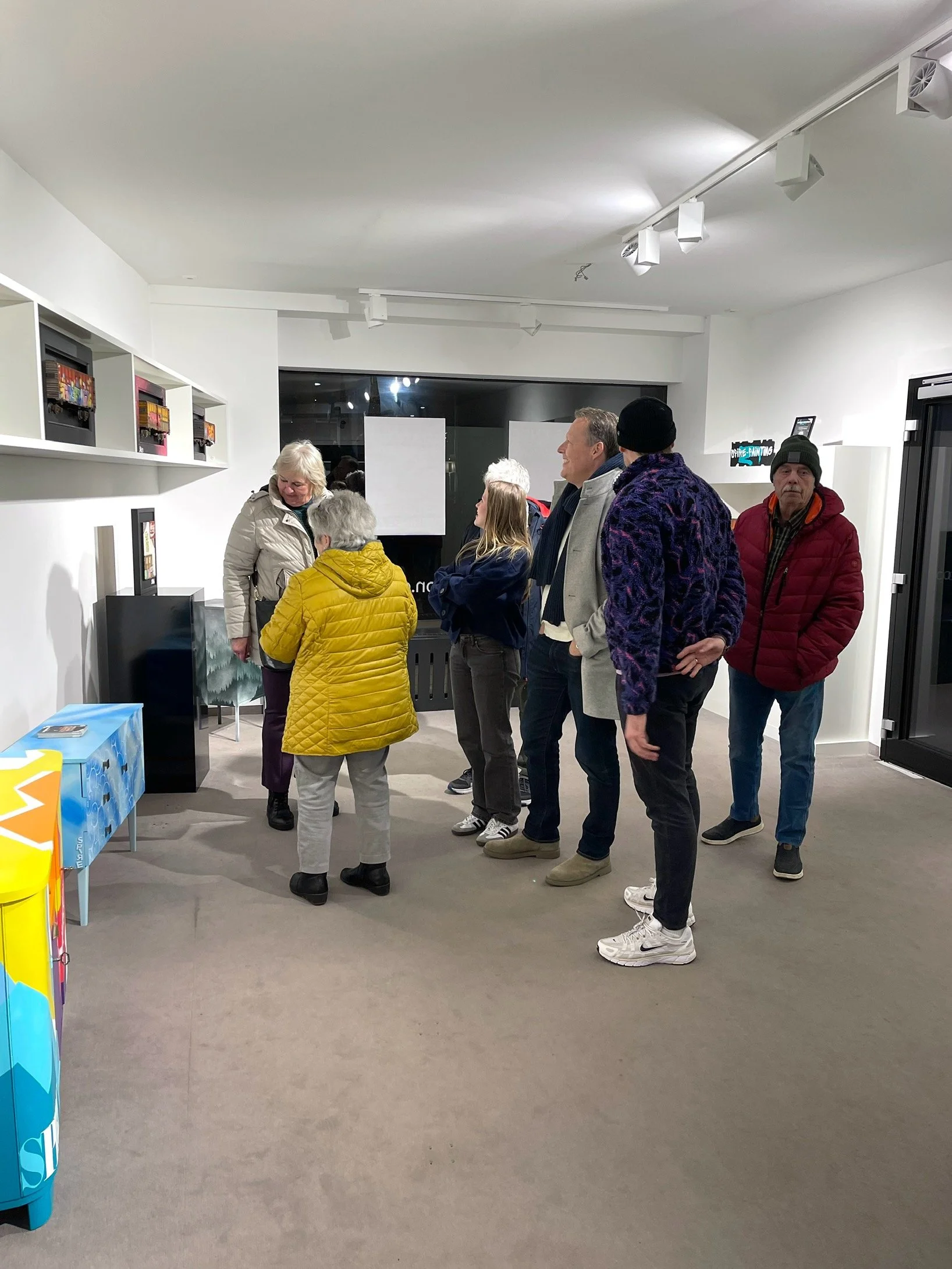
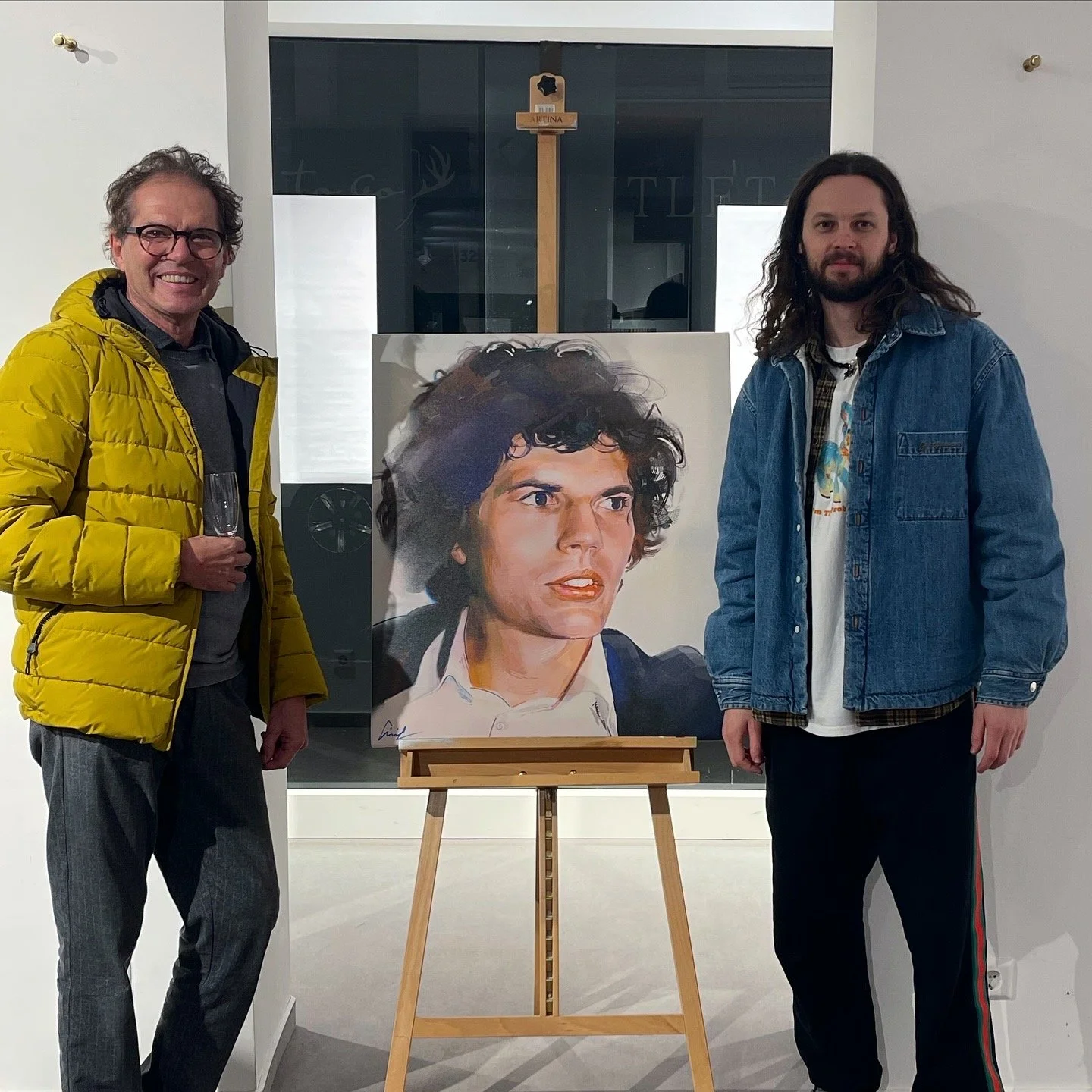

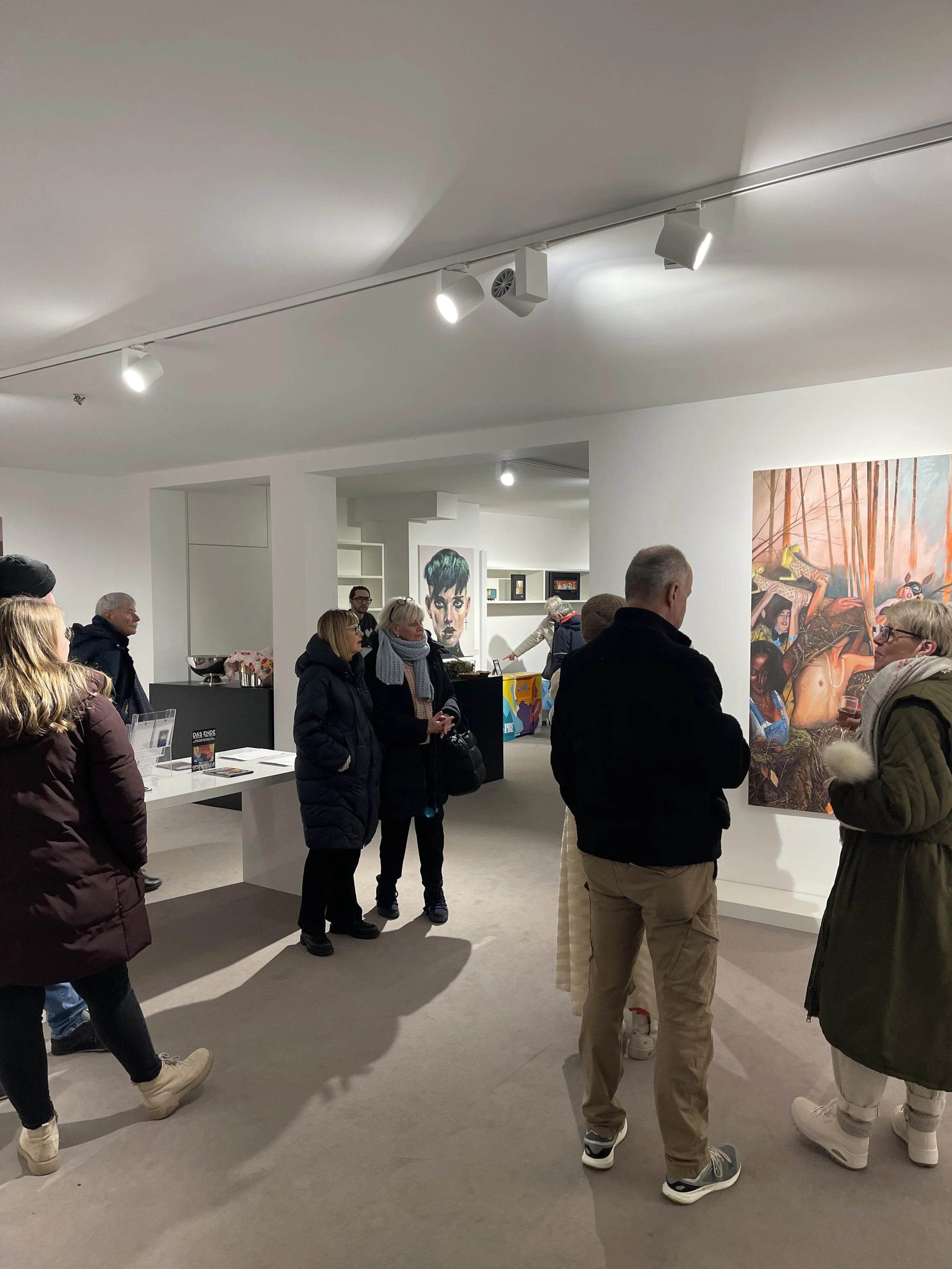

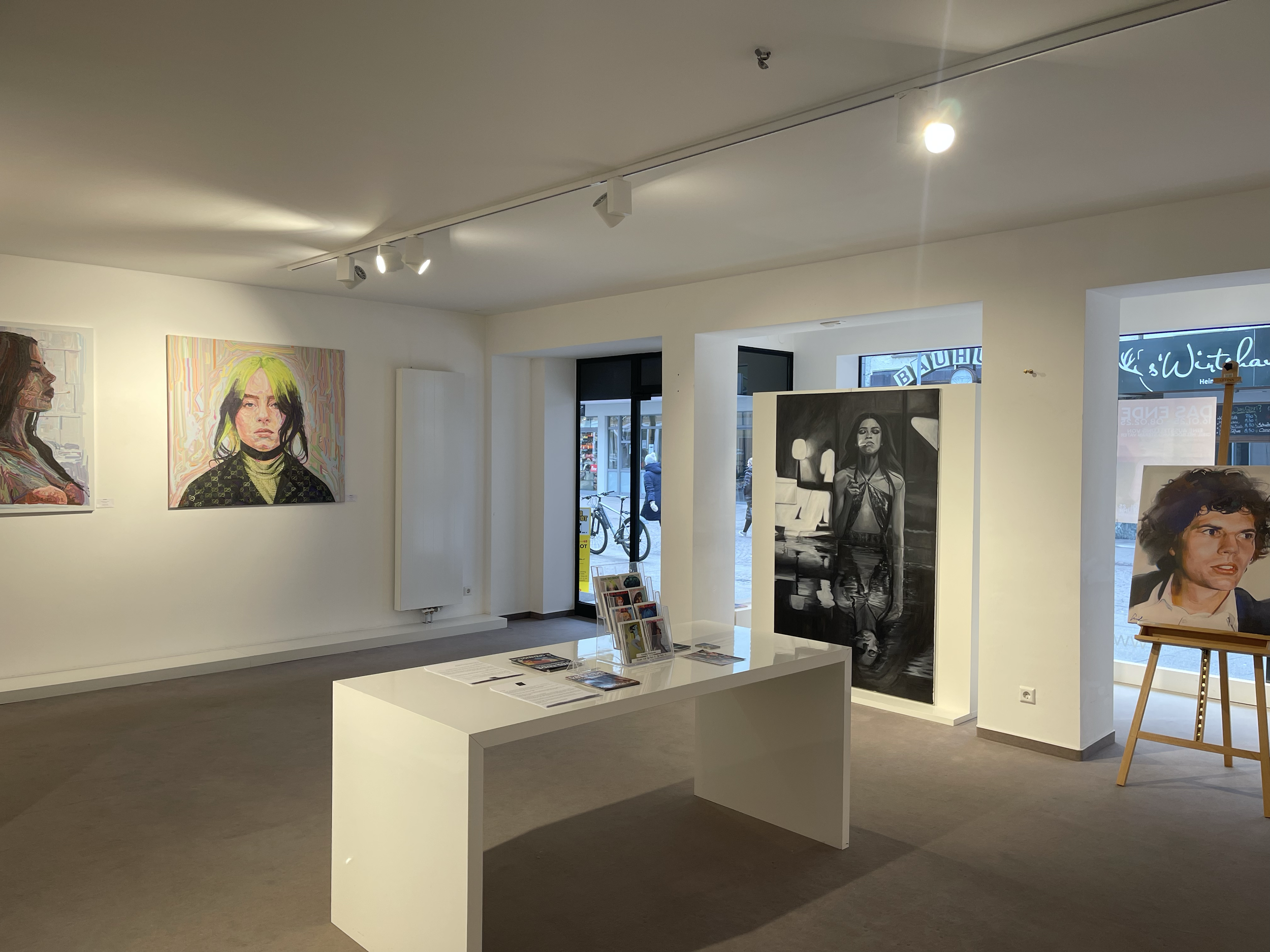
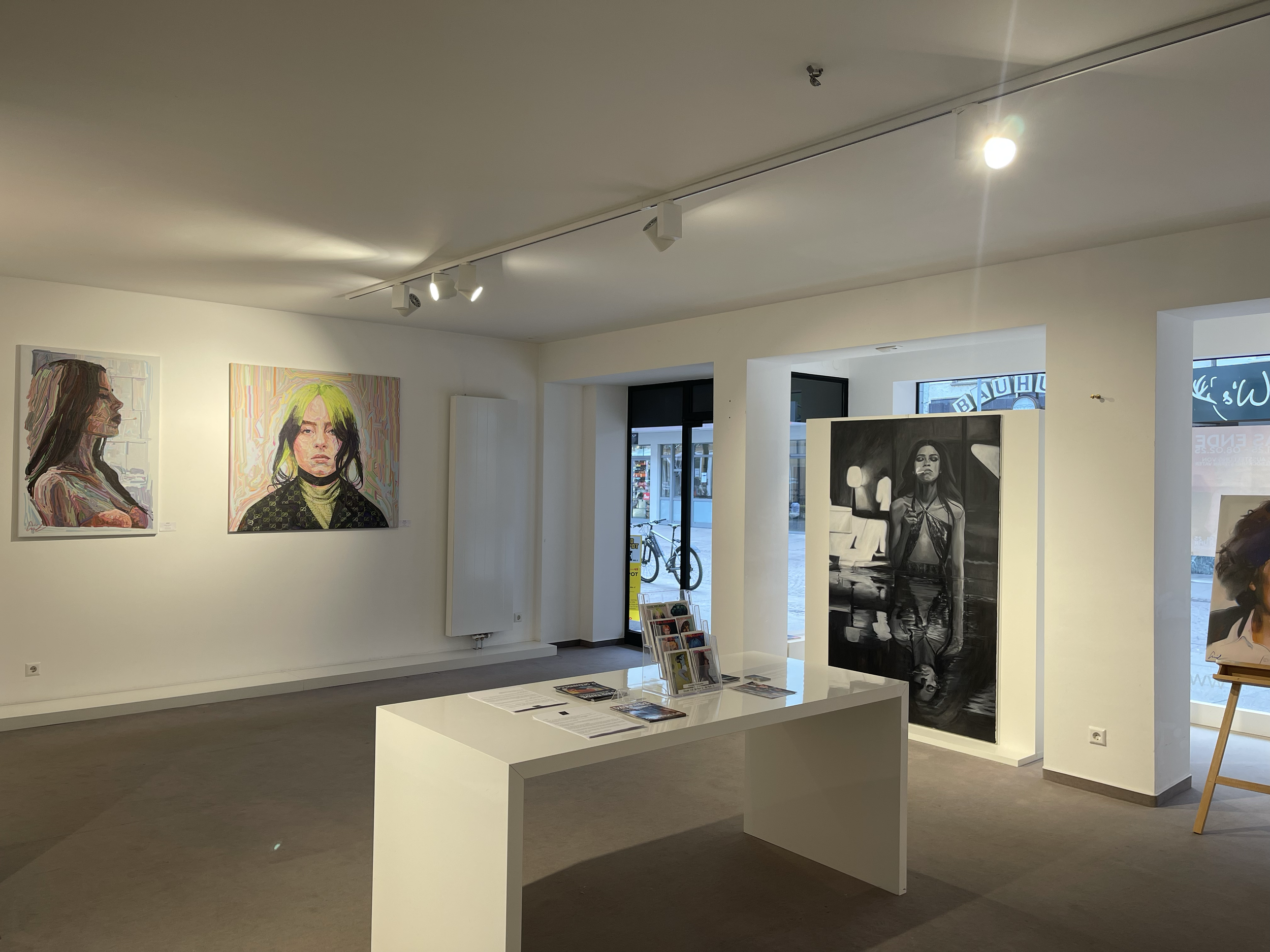
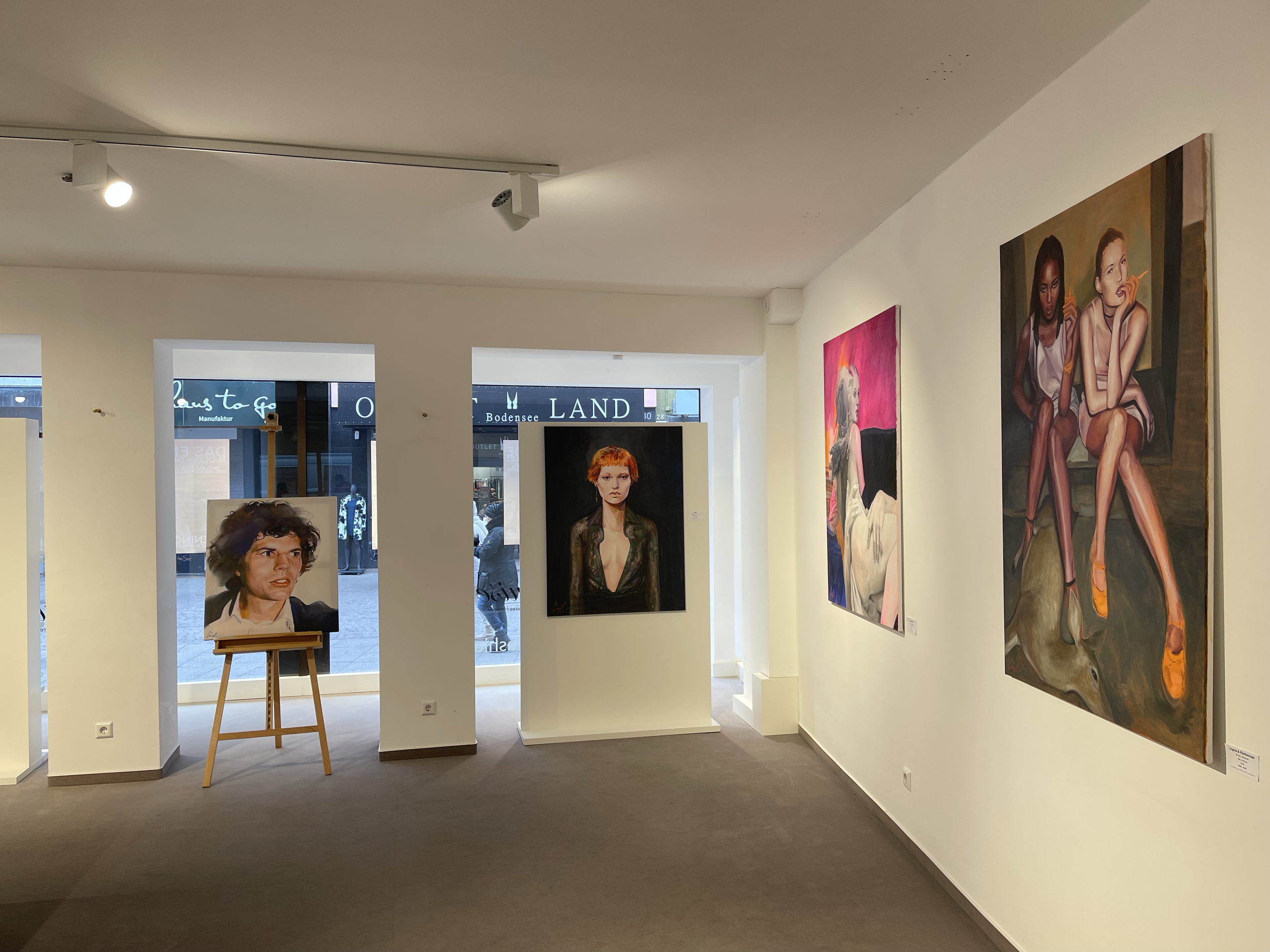



THE END
The End — a concept created by humankind to divide the world into clear segments and give our lives a recognizable structure.
Its practical value is undeniable, yet we fear the ultimate end — the end of our own existence — and do everything we can to postpone it.
The idea of eternal life seems tempting: no fear of death, endless time for everything we wish to achieve and experience.
In nature, on both a micro- and macrocosmic scale, there are no definitive endings — only transitions. Stars burn out only to give birth to new ones. Plants die to nourish the soil for new life.
But what does a life without an end truly mean?
Without the awareness of an ending, life would lose its urgency — its intensity.
The mystery of what follows “the end,” and the question of what meaning life holds before it, drive humankind to both magnificent and monstrous acts.
To see death not as a final end stretches the limits of our imagination — perhaps a blockage deeply rooted in our survival instinct, yet also a powerful catalyst for creation.
Still, every end also marks a new beginning — and thus, transformation.
Eternal life — would the dissolution of the end also mean the dissolution of the beginning, and therefore of change itself?
All beauty lies in its transience.
The value of the moment lies in its finiteness.
Ciril Helbock